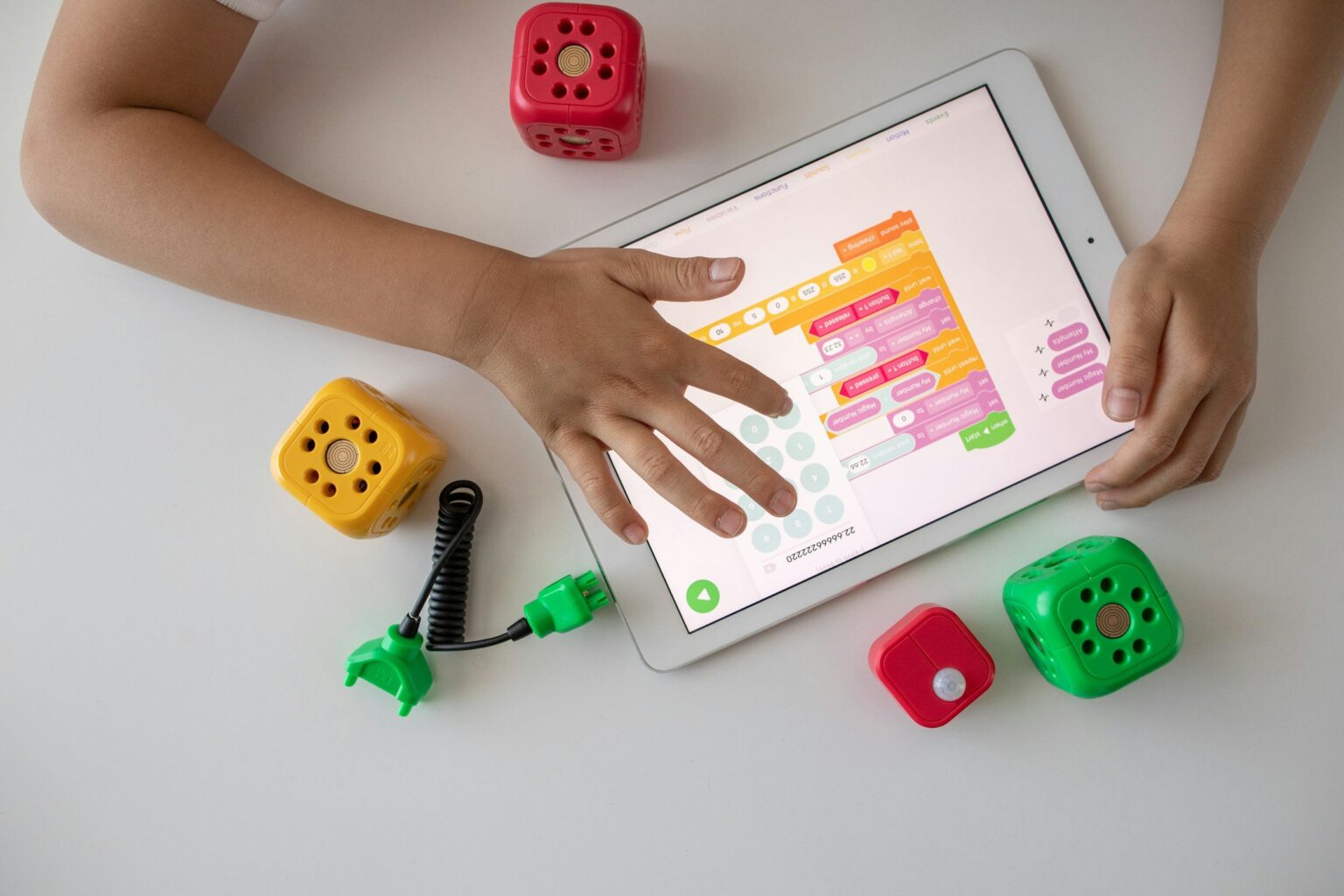Children’s screen time often increases when they are in primary school, as they often begin to move slowly away from imaginative play. This increase in screen time often means children become increased consumers of gaming and social content, which can be a minefield of safety risks and of possible exposure to inappropriate content. There is a wealth of tools available, however, that can provide the benefits of screen time while also minimising potential harm and maximising their learning.
Tools for Screen Time Learning
Typing Programs
Programs like NitroType and TypingClub offer engaging ways for children to develop their typing skills while also having fun. Whether they’re racing against the clock or competing with friends, these typing adventures help children learn an essential skill for their futures in an engaging way.
Reading Platforms
Interactive reading platforms like Epic take storytelling to the next level, with a vast library of books, audiobooks, and activities tailored to every age and reading level. If your child is younger and still learning to read, phonics apps like Teach Your Monster to Read are a fantastic and evidence-based way for your child to develop their reading skills.
Maths Games
Maths may not always be everyone’s favourite subject, but with the right games and apps, it can become a subject children want to learn. Programs like Prodigy and Mathletics use adaptive learning algorithms that adapt to each child’s ability, allowing it to meet them at their correct learning level.
Science Simulations
Children can explore the wonders of the natural world with interactive science simulations and virtual labs. Programs like PhET Interactive Simulations and National Geographic Kids bring science to life, allowing children to explore everything from the solar system to ecosystems and beyond. This is a wonderful opportunity for children to learn about topics of interest, and even explore experiments to complete when offline.
Learn to Code
Coding is a valuable skill that children can learn for their futures. There are a number of fun and easy learning platforms to learn to code, depending on your child’s age. Apps and websites such as Scratch Jr, Scratch, or Swift Playgrounds are all great ways for children to begin their coding journey.
Tips for Maximising Educational Screen Time
Set Goals and Expectations
Establish clear goals for educational screen time and communicate them with your child. Whether it’s completing a certain number of typing lessons or exploring a new topic each week, setting expectations helps keep learning on track.
Monitor Progress
Keep an eye on your child’s progress and celebrate their achievements along the way. Use progress tracking features and performance metrics to identify areas for improvement and celebrate milestones together.
Balance with Offline Activities
While educational screen time can be valuable, it’s essential to balance it with offline activities that promote creativity, physical activity, and social interaction. Encourage your child to spend time outdoors, engage in hands-on projects, and connect with friends and family in the real world. They may like to apply some of their online learning to the real world, by reading you a story, completing a science experiment, or building a model or diorama of something they have learnt about.

